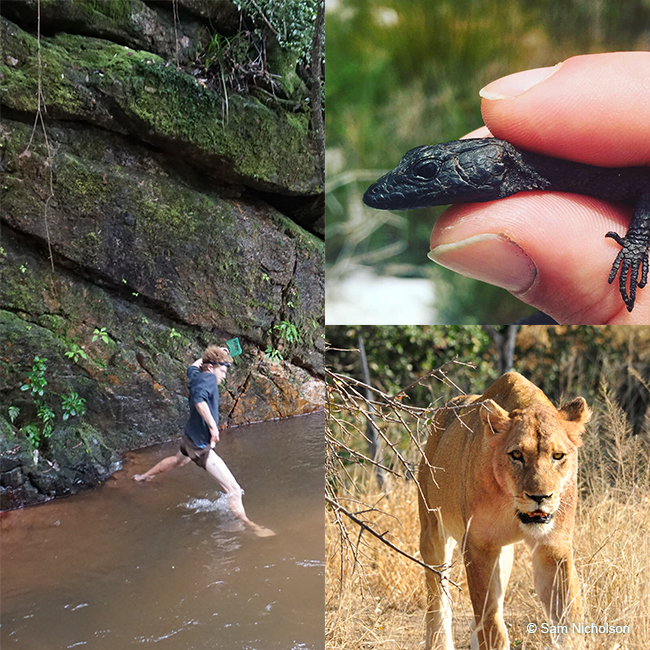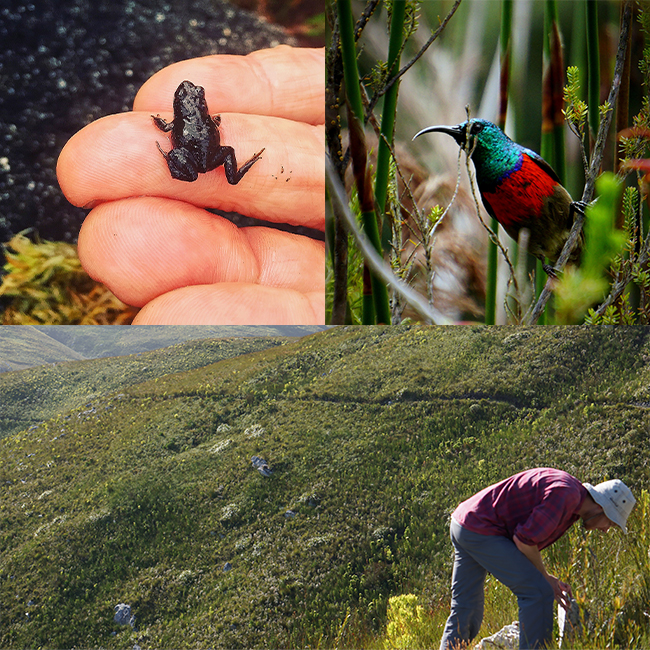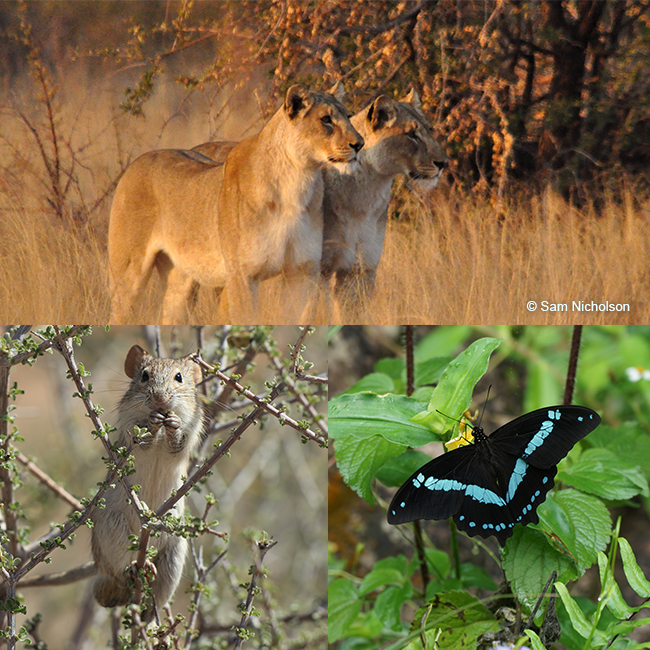Conservation
Planning and
Science unit

The Conservation Planning and Science Unit (CPSU) provides scientific and strategic planning support to the EWT’s programmes to ensure our conservation actions are based on robust scientific evidence and have thorough monitoring and evaluation processes in place from planning stages to project implementation and reporting.
The CPSU also implements projects independently of the programmes, including managing and sharing biodiversity data, developing tools and resources for responsible environmental planning and development, building capacity in the conservation sector, and providing technical expertise in conservation-relevant science. We also facilitate the EWT’s Animals Ethics Committee (EWTEC), which meets regularly to review and provide ethics clearance for projects and ensure that the project design is sound.
3
functions
21
countries
8
pack members

Planning and strategy
The EWT’s Conservation Planning and Science Unit focuses on adopting global best practices in conservation project design to inform the EWT’s strategy, our projects, and those of the ICF/EWT Partnership. We integrate the Conservation Standards into our work by providing training and support for strategic planning processes, monitoring, and evaluation and using Miradi software for all EWT projects. We work along the conservation evidence value chain, starting with good project design, data capture and documentation in the field, data curation and management, analyses, publication, and dissemination of results. Robust project design feeds into technical proposals to unlock more strategic resource mobilisation and longer-term pipeline funding.
The EWT hosts the Conservation Planning Specialist Group (CPSG) Regional Resource Centre (RRC) for southern and East Africa. CPSG is a Specialist Group of the International Union for Conservation of Nature (IUCN) Species Survival Commission (SSC) dedicated to saving threatened species by increasing the effectiveness of conservation efforts worldwide through sound science and collaboration. The CPSG provides species conservation planning expertise to governments, Specialist Groups, zoos and aquariums, and other wildlife organisations.
Regional Resource Centres are local branches that facilitate conservation planning by convening CPSG workshops locally, linking local and international organisations, and serving as focal points for raising funds for conservation planning work in the region.
Technical writing
Our Technical Writers work with the EWT programmes and conservation partners to prepare high-quality funding proposals for both South African and overseas donors to mobilise resources for our work. The team provides other technical writing functions, including report editing, preparing content for the EWT’s Integrated Report, and working on our position statements.


Science and data support
The EWT’s conservation scientists support our staff from data collection design to data analyses and research publication. The EWT publishes more than 20 scientific publications annually. We also run projects to fill knowledge and data gaps in conservation science. To this end, each programme has compiled a comprehensive list of priority research questions for prospective students.
A core role of the CPSU is maintaining the EWT’s project datasets and ensuring they are accessible and safely stored online in the centralised Biodiversity Databank. A key task when building a scientifically robust and comprehensive database is to streamline and automate processes relating to the data. This requires optimal data collection, which we facilitate by developing custom apps for collecting and automatically uploading data into the cloud database. The principle software we use for building data collection forms is Survey123, part of the ArcGIS suite of software provided by Esri South Africa. The International Crane Foundation provides technical support for building the database in PostgreSQL.
Furthermore, we develop dashboards for programme databases such as the African Wildlife Poisoning Database. These dashboards allow straightforward extraction of metrics and summary graphs from the database. We provide ongoing support to the programmes for data management, analysis, and mapping functions.
The CPSU also developed a sensitivity layer for threatened terrestrial animal and plant species, based on hundreds of species distribution models, that has been included in the government’s Environmental Screening Tool for Environmental Impact Assessments and improved upon several times as new data became available. As a continuation of this project, we are working towards providing open access to these distribution models on threatened species to further assist Environmental Impact Assessment processes in avoiding areas of highest sensitivity. These models were also used to create the No-Go map, which shows areas of extremely high sensitivity for threatened species that should be conserved.
The EWT and the South African National Biodiversity Institute (SANBI) coordinated the 2004 and 2016 assessments for the Mammal Red List of South Africa, Lesotho, and Swaziland. The Red List provides an up-to-date assessment of the conservation status of our mammals, of which 57 (17%) are deemed to be threatened with extinction, and 34 (10%) are Near Threatened. We are starting to work on the next assessment.
